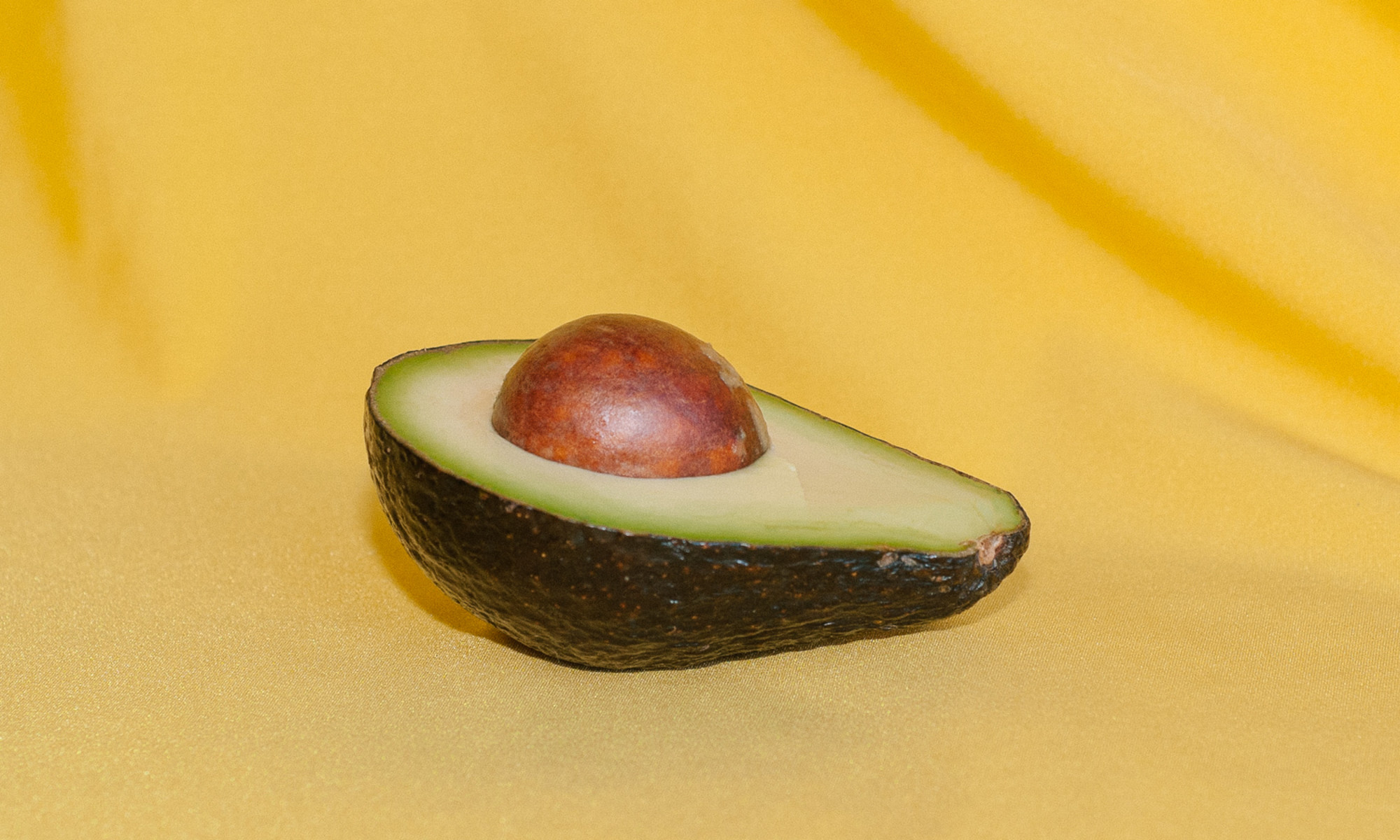An Introduction to Post-Meditation
Tibetan Buddhist teacher Dza Kilung Rinpoche on how to introduce moments of meditative mindfulness into your active, daily routine. The post An Introduction to Post-Meditation appeared first on Tricycle: The Buddhist Review.

Tibetan Buddhist teacher Dza Kilung Rinpoche on how to introduce moments of meditative mindfulness into your active, daily routine.
By Dza Kilung Rinpoche Aug 07, 2025 Image via Artem Beliaikin
Image via Artem BeliaikinOnce you have developed some enjoyment and stability doing regular on-the-cushion sessions, it is time to introduce mindfulness meditation to selected moments in your active, daily routine. This is called “post-meditation”—moments of mindfulness integrated into daily life. These moments are supported by your formal meditation sessions. Eventually they can be expanded to embrace your entire waking life, but this is something that for most of us occurs very gradually over years.
Post-meditation can be a bit like stopping race car drivers in the middle of a race for a short coffee break before continuing the competition. Since in our case the “race” is the rush of our ingrained habits, in the beginning we will have to introduce these moments of calm very deliberately and for short periods. You can practice mindfulness as post-meditation anywhere and at any time, but there are natural breaks in most of our routines that are more convenient. Waiting in line is one good opportunity. You are in line at the post office (or bank, grocery checkout lane, coffee shop, gas station—you name it). Normally at these times our mind wanders restlessly. How much are we going to pay? Will we pay cash, use a credit card, or use a payment app on our phone? Do we have the right forms? Do we have time for another errand? And so forth. When you find yourself in one of these situations, check to see if your mind is rushed or anxious and if parts of your body have tensed up. That alone will introduce a mini pause. Then follow your breath for a little while. Finally, give yourself a pat on the back and smile, because you have done something extraordinary.
There is a quality of natural, effortless, innate patience in the heart-mind of every one of us.
If you are on your morning jog, can you interrupt your thoughts and fantasies to just feel the bottoms of your pounding feet or the air against your cheek? If you work at a desk, can you take a coffee break where you will be alone for a few minutes? If so, you could count several rounds of ten breaths and take note of how this makes you feel. Since each of us has a different routine, the first thing we can do is list opportunities to pause such as those suggested above.
Start by finding one or two short gaps in your schedule that you can use each day. Don’t make them long pauses or try to meditate at times when you need to be engaging in other activities. Here are a few more suggestions:
• From time to time, slow down the pace of your typing on your laptop, tablet, or smartphone.
• When you are about to make a call, pause and take a breath before dialing.
• Notice if you wash and dry your dishes quickly. If so, slow your pace.
• Do the same with preparing food, like cutting carrots or onions.
• When you clean your house, take your time.
• When you are shopping, do so in a leisurely manner.
• Come up with some of your own ideas for this exercise.
It takes a moment of self-awareness to remember and initiate these exercises. And they work much better if you concentrate on what you are doing as much as possible rather than being carried away with thoughts. When you lose touch with the present and get carried away, you are likely to return to your old, faster pace.
Since the conditioning you are working with is often tight and resists changes, it will have the nature of impatience. Your mini meditations will therefore be acts of patience. At first it will take a lot of discipline just to initiate your pause. But keep at it. Each post-meditation session will bring you a moment of self-awareness that will begin to open up your life—awaken you to life. It will bring a breath of fresh air both to your lungs and to your lifestyle. Doing this exercise, you will gradually create a base from which you can take greater control of your time and pace. At times these sessions may not work or take you very far, but be patient with that also; don’t set yourself up for disappointment or negativity by creating rigid expectations of success. Relax that one too.
Patience is an important quality to cultivate; it will gradually iron out and soften the general tone of your life through post-meditation. When you suddenly encounter one of those difficult life situations that evoke strong emotions like annoyance, anger, or hatred or an extreme expression of craving—things that knock you off-balance—say to yourself, “Let’s be patient!” Pausing to do that will create a physical, mental, and emotional reaction that will ground you. You will experience a moment of presence of mind and objectivity that may prevent you from creating a difficult situation for yourself or others. As they say, “Look before you leap.” The more you think about and practice patience, the smoother life will become and the greater independence you will have from the distractions of the mental and emotional side of the fast lane. You may have noticed how patient, relaxed people attract others and those who are impatient and nervous repel them. Practicing patience will make you one of the former.
Natural Patience
The mind training for developing patience that I just described is done case by case, starting with one or two simple situations and slowly expanding to many of your activities. Gradually you will loosen up your tighter habitual patterns and a relaxed, spacious quality will emerge. However, there is a quality of natural, effortless, innate patience in the heart-mind of every one of us. Consciously conditioning ourselves to patience and familiarizing ourselves with it will lead us to the discovery of this natural quality. It may even come to us out of the blue. In either case, we will begin connecting to the wise side of our nature. This is a side of us that is always available but one we fail to notice because we are so speedy and distracted. Our conditioning—whether it’s from our upbringing or the digital world—acts like a fogbank concealing this beautiful and open awareness. As that fog gradually clears, we will begin to act from the wisdom quality of patience.
The wisdom I speak of—whether it’s the wisdom of patience or of some other wholesome trait—has a spontaneous quality. There is an experience of unity, that things are not so separate or dualistic. In a way it appears as a gift—effortlessly. And words, such as these I am using now, don’t really do it justice. We will ease into this wisdom side of training very gradually. But don’t be surprised if you experience this open freedom occasionally without any warning. The more you are open to it, discovering and putting aside your opinions, biases, and points of view, the more often this will happen. It will put a smile on your face.
◆
From The Free Mind: Finding Clarity in a Digitally Distracted World by Dza Kilung Rinpoche. © 2024 by Dza Kilung Rinpoche. Reprinted in arrangement with Shambhala Publications, Inc. Boulder, CO
![]()
Thank you for subscribing to Tricycle! As a nonprofit, we depend on readers like you to keep Buddhist teachings and practices widely available.
This article is only for Subscribers!
Subscribe now to read this article and get immediate access to everything else.
Already a subscriber? Log in.

 KickT
KickT 

























![Which Artists Are Most Referenced in AI Prompts [Infographic]](https://imgproxy.divecdn.com/BzmpaYw7U5iwprg2OKRl430JDgft_x_e3knyzXOE-2k/g:ce/rs:fit:770:435/Z3M6Ly9kaXZlc2l0ZS1zdG9yYWdlL2RpdmVpbWFnZS9haV9hcnRpc3RzMi5wbmc=.webp)






